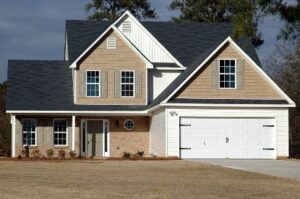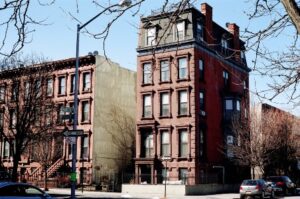Chicago's best property management company, providing tenant screening, rent collection, property marketing, and more at reasonable cost.
Rolling Meadows Property Management at its best!
Three Pentacles is a trusted property management company in Rolling Meadows, IL. Managing residential properties, commercial properties, HOA associations, and short-term vacation properties, Three Pentacles works hard to provide you with the customized property management service that works for you.
We Manage All Types of Properties in Rolling Meadows
About Rolling Meadows
Rolling Meadows is in Cook County and is 24 miles (39 km) NW of the Loop. In 1836 Orrin Ford became the first landowner in the area that is now Rolling Meadows, staking his claim of 160 acres (0.65 km2) in the tranquil forests and gently rolling terrain of an area known as Plum Grove. Other farm families followed, many traveling from Vermont. By the early 1840s settlers had built a dam across Salt Creek and had laid claim to the entire Plum Grove area.The community became part of newly formed Palatine Township in 1850 as German immigrants arrived. In 1862 they erected the Salem Evangelical Church, whose 40-foot (12 m)-square church cemetery at the corner of Kirchoff and Plum Grove Roads still stands today, a bit of history amid bustling traffic and a strip shopping center.

In 1927, H. D. “Curly” Brown bought 1,000 acres (4.0 km2) of what became Rolling Meadows to build a golf course and land adjacent to it for a racetrack. In the early 1950s Kimball Hill purchased the land intended for the golf course and began home sales by advertising a floor plan of his basic house in the Chicago Tribune. Although the response was positive, officials in neighboring Arlington Heights protested, hoping to buy the land themselves for estate homes. But prospective buyers of the Kimball Hill homes persuaded the Cook County Board for zoning changes to allow Hill to proceed.
In 1953, the first families moved into the development, which Hill named Rolling Meadows. With a production schedule of 20 houses a week, 700 houses sold by 1955, mostly to blue-collar workers. Hill donated $200 per home for a school system, then built and equipped the first elementary school. He also founded the Rolling Meadows Homeowners’ Association, donated land for parks, and funded the Clearbrook Center, a home for the mentally handicapped, which opened in 1955.
Rolling Meadows incorporated in 1955 as a city named for its gently rolling terrain, and soon began annexing land for future development. The town boomed during the 1950s and 1960s as businesses moved into the area. When Crawford’s department store opened in the 1950s it was the largest in the northwest suburbs (it closed in 1993). An industrial park opened on North Hicks Road in 1958, and Western Electric opened a facility in the 1960s which employed 1,500 workers. Developers inundated the area with apartment buildings and by 1970 multifamily dwellings made up 35 percent of the total structures in Rolling Meadows. Ramblin’ Rose North, renamed Meadow Trace, opened in 1966, followed by Three Fountains. Rolling Meadows complexes, however, suffered from a series of fires in the decade. This prompted the city to become more stringent in their building codes, which had allowed for frame multifamily structures. Single-family housing continued to flourish in Rolling Meadows as developers utilized the natural wooded setting for the subdivisions of Tall Oaks, Dawngate, and Creekside.
By 2000, the population was 24,609, with 19 percent at Hispanic origin, 7 percent Asian, and 3 percent African American. The city had begun revamping commercial areas along Kirchoff Road. To the south on Golf Road, corporations such as 3Com, Helene Curtis, and Charles Industries established bases in what has become known as the Golden Corridor.
We understand the ins and outs of local real estate
Need Help? Inquire About Our Management Services Here
Are you maximizing your rental property’s potential?




